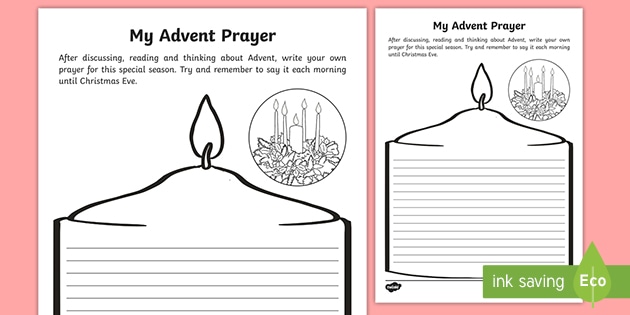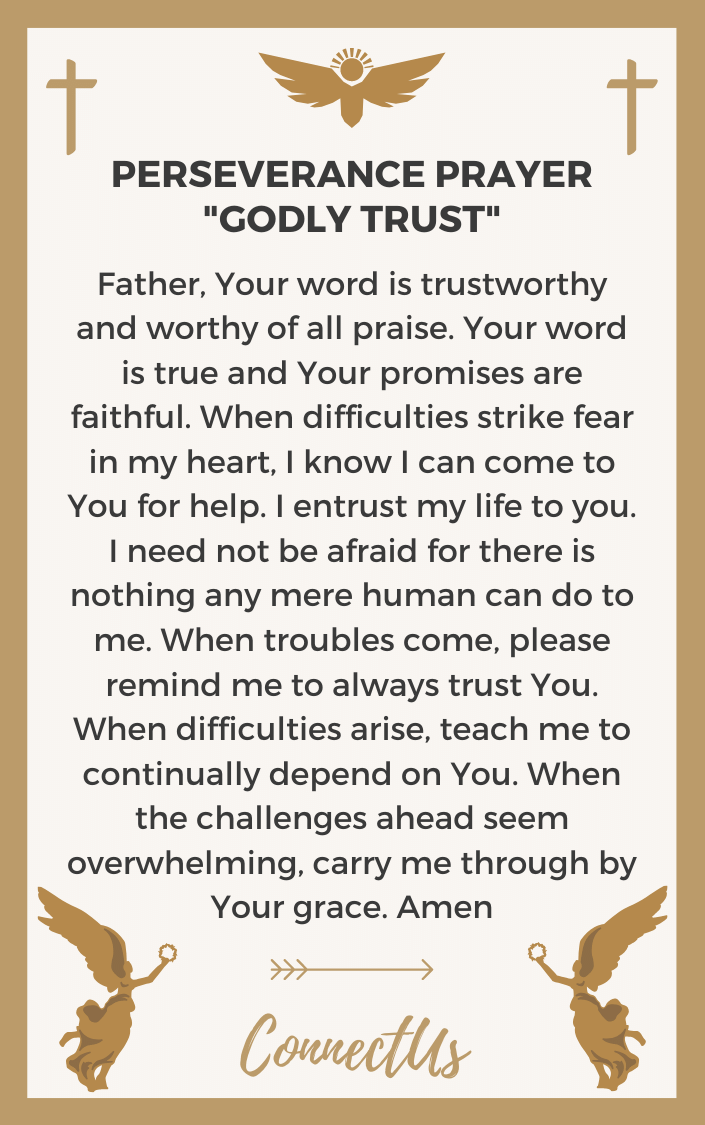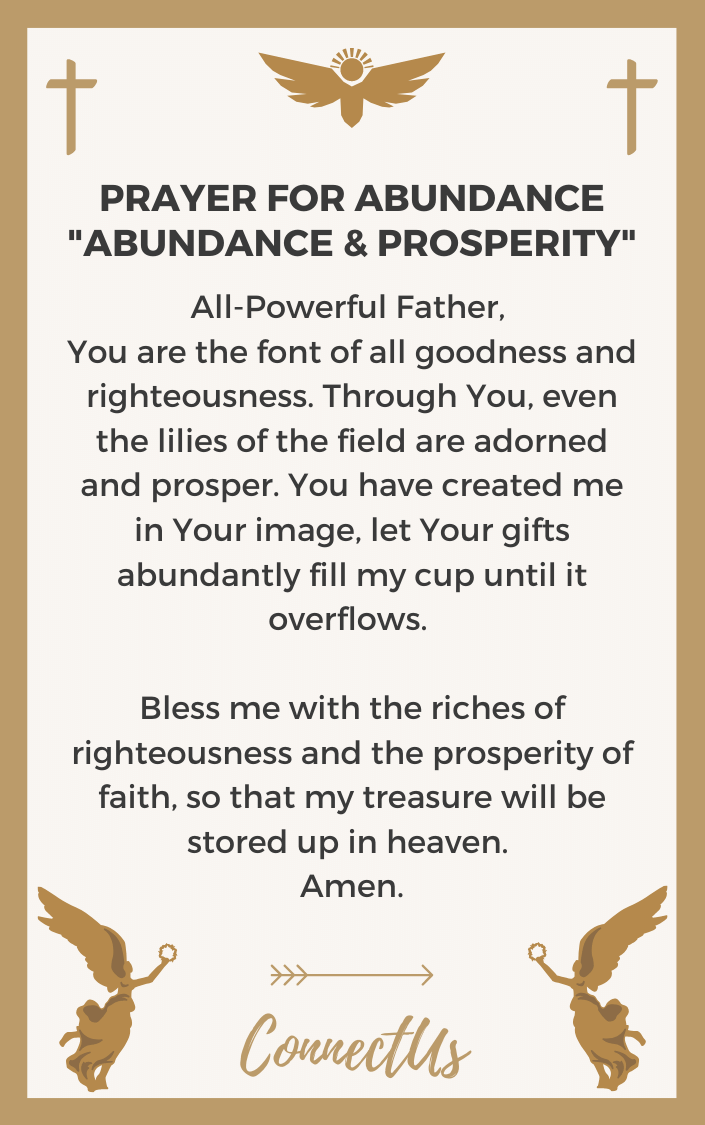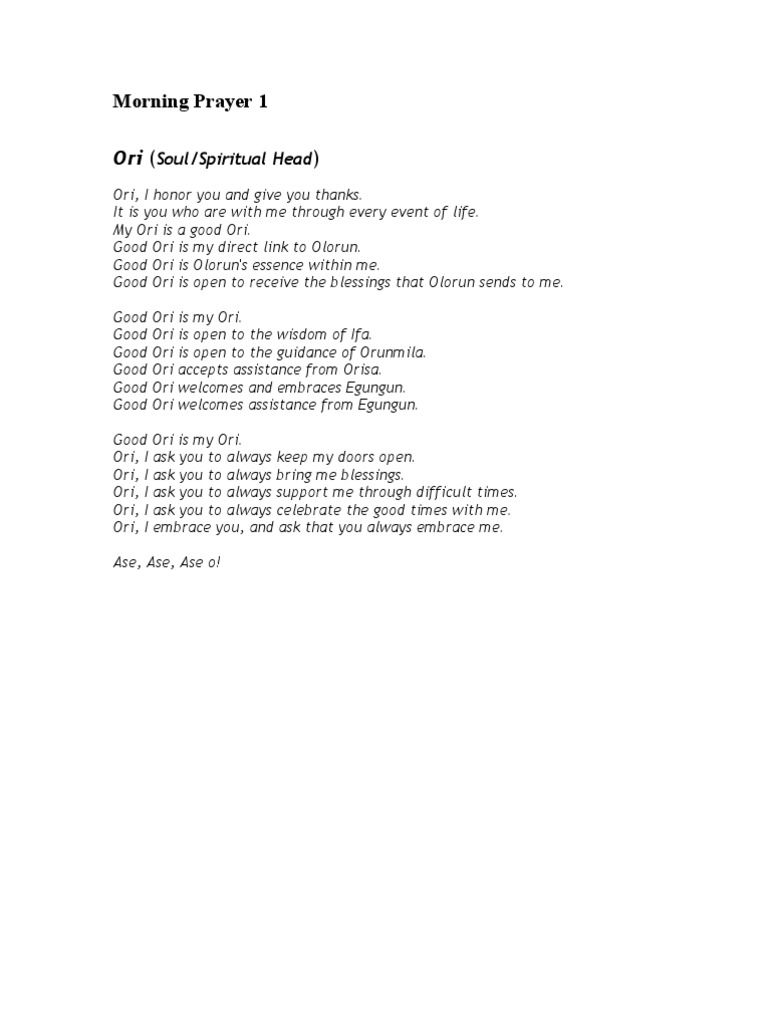Advent Prayer For Children
Advent is a season of expectant waiting and preparation for the celebration of the birth of Christ at Christmas. Children can participate in family worship during this time of year with activities and prayers. Here are some ideas for creating family worship during Advent. Read on to discover how you can help your children experience the joy of this holy season. And don’t forget to share your faith with them! Advent Prayer For Children
Advent is a time of expectant waiting and preparation for the celebration of the Nativity of Jesus at Christmas
The Catholic Church’s calendar begins with Advent. This time of waiting and preparation begins four Sundays before Christmas and concludes on Christmas Eve. The Christian holiday is marked by special prayers and decorations. During Advent, Christians prepare themselves for the coming of Christ, opening the doors of their Advent calendars on each day of the season and burning the sections of their advent candles.
The first Sunday of Advent is called the “Prophecy Candle.” This candle is lit in honor of the prophets who foretold the birth of Christ. It symbolizes hope and expectation for the coming of the Messiah and the baby in the manger. There are many customs and traditions relating to Advent and Christmas, but the most common are as follows:
Before the first advent, people would carry Advent images made of paper. In England, these images were dolls, representing the baby Jesus and Mary. Halfpennies were collected for each display. If a doll-bearer did not appear on the doorstep of a household before Christmas Eve, bad luck would follow them. In some parts of the world, the tradition of wearing an Advent wreath is not yet widespread, but it is very common.
The Catholic Church has many traditions that relate to Advent. Early in Advent, in Normandy, farmers would hire children under the age of 12 to burn straw, which was believed to drive away vermin. In Italy, the Calabrian pifferari play before Mary’s shrines. In Bethlehem, shepherds played bagpipes as they came to pay homage to the infant Jesus.
It is a time of family worship in the home
During Advent, families gather in the home to worship God together. This can be daily or weekly and can include elements of traditional worship like devotional readings, games, dramas, and service projects. Whatever the family members’ particular interests are, worship should be the most enjoyable home activity. Sadly, most Adventist youth do not have regular family worship, so there are some simple ways to create family worship in the home.
For family worship, you can choose songs that are familiar to the family. You can even use a Taize chant if you like. There are also O Antiphons, ancient Advent prayers, for the last seven days of Advent, which are included in the leaflets. If you’d like to add a more traditional element to your family’s worship, consider purchasing an Advent wreath and lighting it on the family dining table.
Another great way to incorporate family worship into your daily life is to make an Advent wreath. Typically made of spruce and laurel, this wreath will become a focal point for family worship and holiday celebrations. You can even buy a special Advent wreath that holds four candles, one for each Sunday of Advent. The four candles symbolize the light of Christ. Three of these candles are traditionally purple, the color of kings and penance. The fourth candle is rose-coloured and is usually lit on the Third Sunday of Advent, which celebrates the closeness of Christmas.
It includes prayers
If you plan to use Advent as a time of worship for your children, then you should consider using the Pastoral Center’s guide to making an Advent wreath. The guide uses themes of light and darkness to teach children how to celebrate this special time of year. It includes prayers for children in Advent that are both inspiring and educational. To make the process even more exciting, you can even add an Advent prayer for the entire world.
To help children understand the meaning of Advent, you should use Bible stories and the Joyful Mysteries of the Rosary. These stories, which cover the time leading up to Advent and the first days of the Christmas season, will help them learn the lessons of this time of year. Many children are intrigued by the stories of the shepherds and angels appearing to them. These stories help children understand the importance of Advent and what it means to be a child of God.
Children can also learn about the true meaning of Advent and the significance of Christmas through traditional prayers. The traditional greeting for the season is: “Blessed be the Lord!” (from Psalm 118:26-27). Other traditional prayers include Glorious be the Father, Son, and Holy Spirit. During Advent, children can pray these prayers at home or at school, and they will have the opportunity to learn about the true meaning of the season.
It includes activities
Children can benefit from focusing on the real meaning of Advent with a simple devotional guide or advent prayer stations. Interactive activities for the whole family will keep kids engaged, reflecting, and even meditating during the Advent season. These resources are especially valuable for church settings such as children’s church or Sunday school. These resources can be modified to suit a family’s needs, too. For example, if your child is a pre-schooler, you can use the activities for Advent prayer stations in your own home.
In addition to making the devotional guide, you should consider setting up an Advent jar. It can be a box, basket, or jar. For your child to learn more about the season, you can have a picture of the Baby Jesus on your table or place him in a special place in your home. After deciding on the location, make a list of prayer intentions and place it at the foot of the Baby Jesus. Then, the child can focus on these intentions for the duration of the Advent season.
Another great resource for children to get involved in during the Advent season is the Advent coloring book. Whether you want to share a devotional activity with your children or just want to introduce them to Advent’s mysteries, this coloring book can help. The coloring pages and instructions are also available in free PDF format. The coloring book is a wonderful way to introduce your children to the Advent season and to foster a deeper understanding of the seasons.
It includes printable Advent calendars
If you are looking for a fun way to help your children count down to Christmas, you’ve come to the right place. Amaohoh is a website that lets you share your free printable calendars. You can send your links to the site and we’ll add yours to the list. If you have a favourite free printable Advent calendar, why not share the link? This will allow everyone to see it!
This advent calendar is fun and colorful. The icons are reminiscent of the holiday season, including Santa Claus, Christmas trees, candy canes, snowmen, wreaths, and stockings. They are labelled with their corresponding numbers, so the kids can count down the days until Christmas. These printable Advent calendars can be quickly assembled since they are made of blank cards. You can also make your own version with a Santa’s beard and cotton balls.
Another great option for a printable Advent calendar is an activity calendar. Hip Homeschool Moms offers a variety of activities you can do with your children to get into the holiday spirit. One of her advent calendars features baking a birthday cake for Jesus and making paper snowflakes. Apart from being fun, activity calendars are also great for fostering family creativity. Moreover, you can use these to discuss the holiday customs with your children. By allowing them to create their own calendar, they are establishing a tradition and learning about the holiday’s meanings.
It includes lectio divina
Lectio Divina is a form of prayer that involves studying and reflecting on a passage from Scripture. It involves reading the passage with reverence, recognizing each word, and interacting with the text’s meaning. It is not a formal prayer. In fact, it can be as simple as pondering a single word. While lectio divina requires an inner receptivity, it is important that you do not try to force yourself to be silent.
A common approach to Lectio Divina is to begin by reading a passage of Scripture. It can be any passage from the Bible, but a Gospel story works particularly well for this practice. While it is not necessary to read the entire Bible in one sitting, it can be useful to read a portion of it daily to get the most benefit. It is important to take the time to pray and reflect on it, since it helps form your faith.
Lectio Divina is an ancient practice of reading the Scriptures. The aim is to listen deeply to the text, using the “ear of the heart” to hear God’s message. The practice requires listening to the thoughts and emotions that arise as you read the passage. You can begin with a few minutes, and gradually expand the time spent reading the Word of God. It is a participatory process and can help you cultivate a deep relationship with God.






